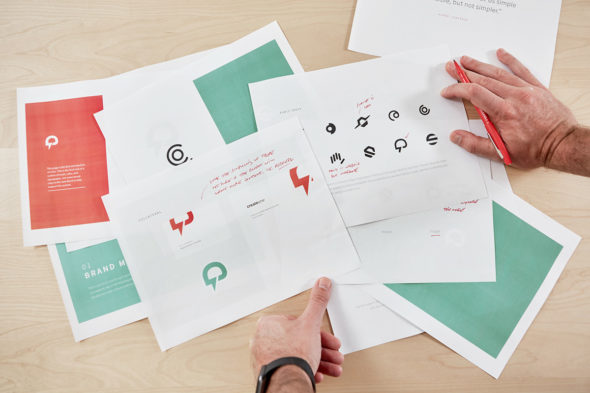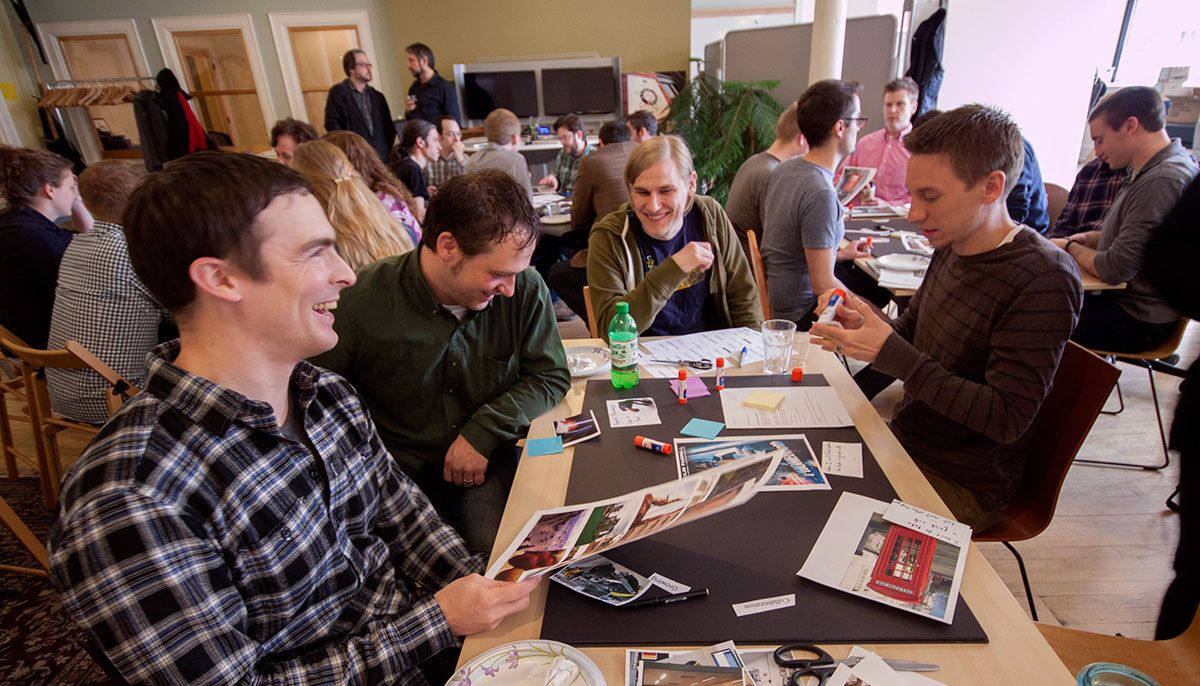Article summary
I was listening to a Hidden Brain episode in which the host, Shankar Vedantam, and psychology professor Alison Gopnik discuss the idea of play as a tool for children to learn. In this episode, they don’t describe “play” the way that you, I, and even the Merriam-Webster dictionary do; rather, they describe it as “…trying out lots and lots of different options and get a lot of information about how the [world] works.”
If you have had the experience of looking at a designer’s sketchbook or wireframe artboard, you have probably seen something that looks similar to what Gopnik is describing. In design, we call the period of working through many options to gain further understanding iteration.

Example of iteration from Sidecar, found at dribbble.com
Adding Value through Play
How do play and iteration create value? In both processes, we come up with many ideas. When the time comes to select the best solution to a problem, we have considered many alternatives upfront and can choose from several options. This means that we can be more discerning with our selection criteria and are more likely to have higher-quality choices.
Resilient Knowledge
The Hidden Brain podcast also provides an example of the benefits of iterative play. It explains that even machine systems and robots benefit from this kind of activity. “…[for] the robots who had played, you could take off one of their arms or you could tip them over, and they would still be able to figure out how to [complete the action required]. And that was not true for the robots who had just been trained on [only that] particular action.”
The podcast calls this output of play resilient knowledge, explaining:
“…if you want knowledge to be resilient, if you want someone to be able to be flexible, to say, OK, I didn’t learn how to do this particular thing, but now can I apply what I did to something else, then play really seems to play a deep role.”
I absolutely love this concept and the doors it opens when applied to design. I see this frequently within a project, when edge cases or unexpected unknowns crop up. If a designer hasn’t taken the time to iterate and explore those alternatives beforehand, it can make it more difficult to adjust to those unknowns quickly.
However, what’s even more valuable to design is the application of resilient knowledge across multiple projects. I’ve seen this through shared knowledge–for example, when one designer asks another for advice on projects with similar kinds of complexity or constraints.
I’ve also seen resilient knowledge applied across very different projects by the same designer. For example, an interface element or navigation implementation that just didn’t work out in one project might be the perfect solution for another project with different constraints.
Lastly, it’s interesting to think about bringing non-design elements into play when exploring resilient knowledge. What have you learned in life that you could bring to your designs? We could easily argue that things like empathy, the experience of trying to navigate in buildings, or thinking about the shape of the natural world can all be applied to enhance the experience users have with our designs.
What projects have you worked on that applied resilient knowledge or benefited from the value of play?

